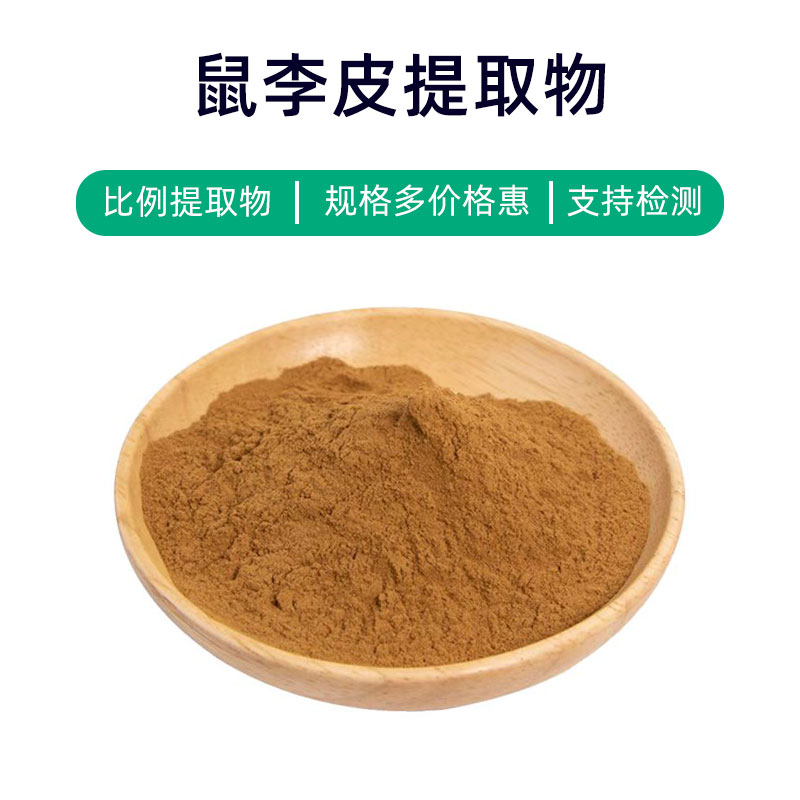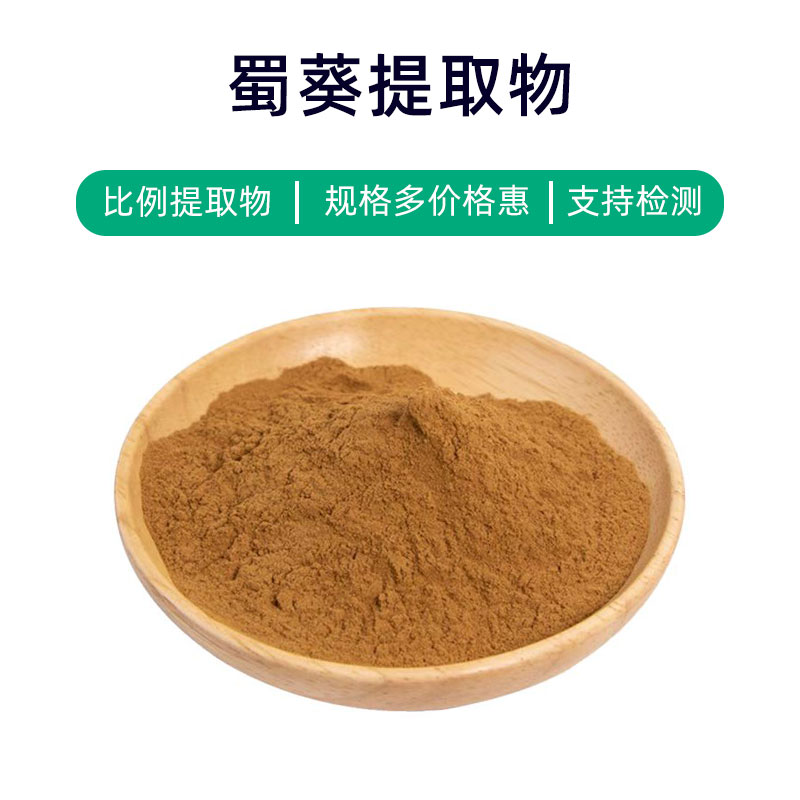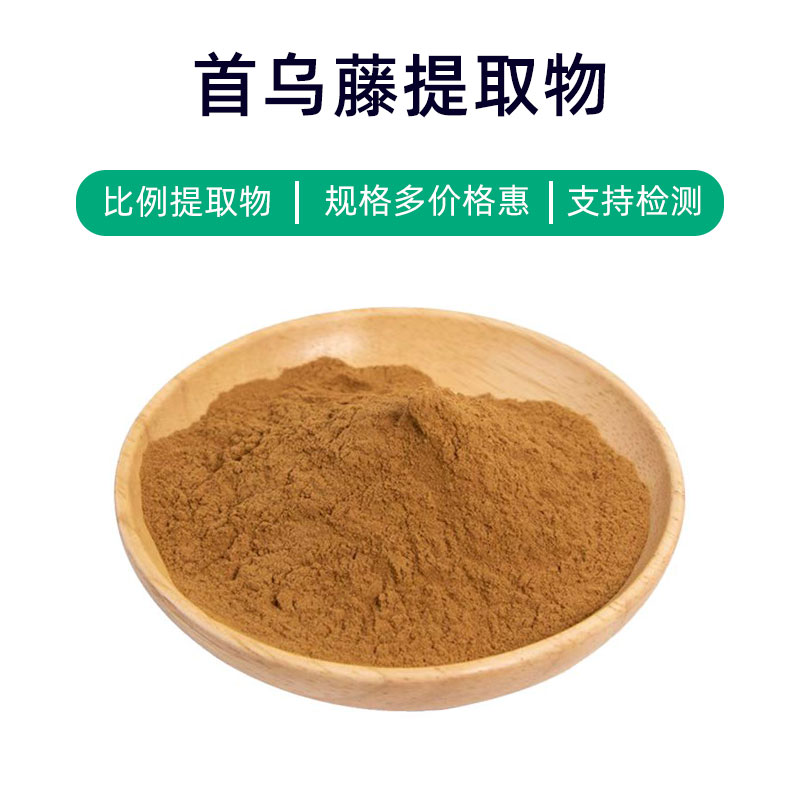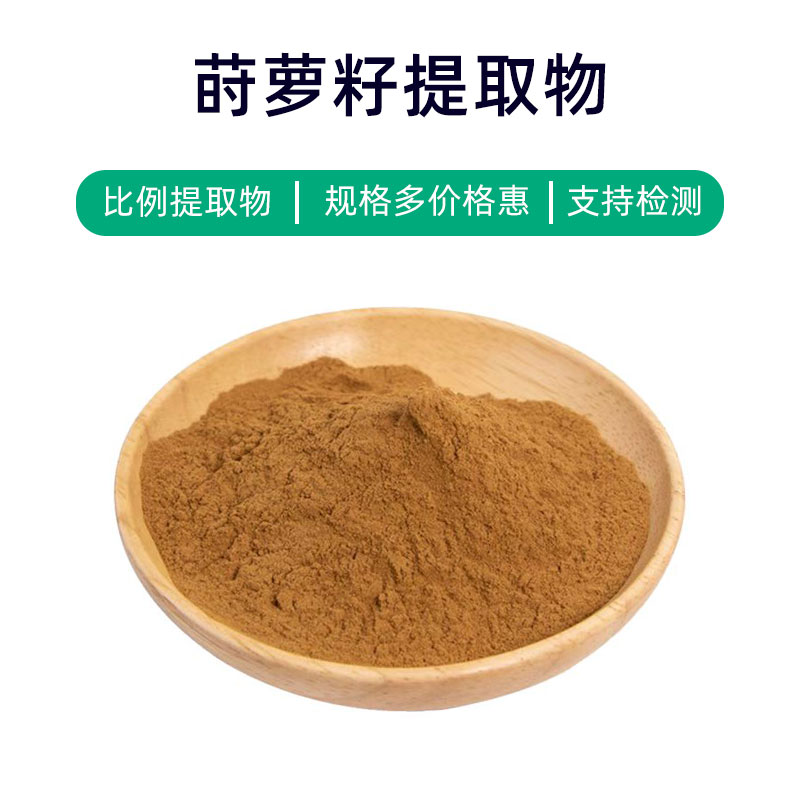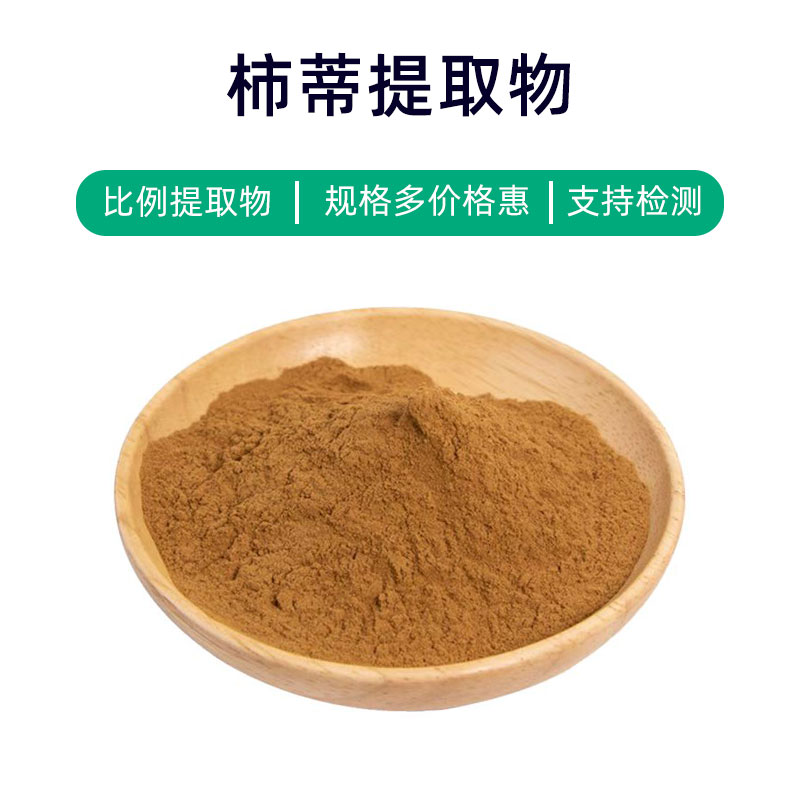Rose Extract Product Introduction
Rose extract is a natural plant extract obtained from rose petals, with key components including aromatic compounds, flavonoids, tannins, and vitamin C. These ingredients give rose extract a variety of benefits and applications.
Firstly, rose extract exhibits excellent antioxidant properties that can neutralize free radicals, protecting the skin from oxidative damage and delaying the aging process. Secondly, it has anti-inflammatory and skin-soothing effects, alleviating symptoms like inflammation and redness, helping the skin return to a healthy state. Additionally, rose extract also has moisturizing and hydrating effects, enhancing the skin’s ability to retain moisture, which results in soft and smooth skin.
In the realm of cosmetics and skincare, rose extract is widely used in various products such as creams, serums, masks, and perfumes. It is often added to skincare products to enhance efficacy, improve skin texture, and add a pleasant fragrance, ensuring a delightful user experience. Due to its natural gentleness, it is suitable for all skin types, including sensitive skin.
Overall, rose extract is favored for its multiple benefits and wide-ranging applications, making it a common ingredient in many skincare products, providing antioxidant, anti-inflammatory, moisturizing, and soothing effects, and serving as a crucial component in natural skincare formulations.
Rose Extract Production Process
The production process for rose extract primarily involves the following steps:
- Raw Material Preparation: Fresh and clean rose petals are selected as extraction material, usually chosen for their rich aromatic compounds and other effective components.
- Extraction Process: Extraction methods typically include solvent extraction or supercritical fluid extraction. In solvent extraction, common solvents include ethanol and acetone, where the rose petals are soaked in the solvent followed by processes like maceration, extraction, and filtration to yield rose extract. Supercritical fluid extraction uses supercritical CO2 as the solvent, adjusting temperature and pressure to extract effective components from the roses.
- Concentration and Separation: The extract obtained is concentrated to remove the solvent, resulting in concentrated rose extract. Subsequently, filtering, freeze separation, and other steps are undertaken to remove impurities and undesired components while retaining target ingredients.
- Refinement and Purification: Further refinement and purification of the concentrated extract are performed to eliminate residual solvents, impurities, and other unnecessary ingredients, thereby enhancing product purity and quality.
- Drying and Milling: The refined extract is dried, typically using spray drying or vacuum drying methods, converting the extract into a powdered form. It is then milled to achieve the desired particle size and specifications.
- Packaging and Storage: Finally, the extract is packaged, commonly using materials like foil bags or plastic containers, to prevent the impact of light, oxygen, and moisture on the product. The product should be stored in a dry, cool environment away from direct sunlight and heat to ensure stability and quality.
Rose Extract Benefits and Side Effects
Rose extract offers a variety of benefits, primarily including the following:
- Antioxidant Properties: Rich in natural antioxidants like vitamin C and polyphenols, rose extract can eliminate free radicals, reducing cellular oxidative damage, and protecting the skin from environmental harm, thus slowing the aging process.
- Moisturizing and Hydrating: Rose extract has good moisturizing properties, promoting skin moisture retention, enhancing hydration and softness, and alleviating issues such as dryness and roughness.
- Anti-inflammatory and Soothing: Rose extract contains anthocyanins and flavonoids, which exhibit anti-inflammatory and soothing effects, useful for calming sensitive or inflamed skin, alleviating discomfort and redness.
- Whitening and Spot Reduction: The vitamin C and anthocyanins in rose extract can inhibit melanin production, reducing the appearance of dark spots and evening out skin tone for a brighter complexion.
- Improving Blood Circulation: Rose extract promotes blood circulation, increasing blood supply to the skin and enhancing microcirculation, resulting in smoother and more refined skin.
- Mood Soothing: With its aromatic fragrance, rose has a calming effect that can relieve stress, soothe nerves, and enhance mood, promoting relaxation.
Despite its numerous benefits, individual differences and potential allergic reactions should be noted when using rose extract. Some individuals with sensitive skin may experience allergic reactions such as redness or itching, thus it is advised to perform a patch test and avoid contact with the eyes and open wounds. Additionally, prolonged excessive use may burden the skin, suggesting a moderate application along with good skincare practices.
Rose Extract Application Scenarios and Dosage
Rose extract is widely used in the fields of medicine, food, and cosmetics. Below are details regarding its usage and dosage in these three areas.
- In the Medical Field:
- Application Scenario: Rose extract is commonly used in traditional Chinese medicine formulations, aimed at improving complexion, regulating emotions, and addressing skin issues such as inflammation and allergic reactions.
- Dosage: Generally used as a topical medication that can be directly applied to the affected area or combined with other medications. The dosage is situation-dependent, typically recommended to use an appropriate amount to avoid overuse.
- In the Food Industry:
- Application Scenario: Rose extract is commonly utilized as a flavoring agent in food and beverages, enhancing aroma and taste, and improving product palatability and visual appeal.
- Dosage: Should be added according to the type of food and preparation requirements. Generally, it is advisable to follow production formulas to avoid excessive use.
- In the Cosmetic Field:
- Application Scenario: Rose extract is often found in facial skincare products, perfumes, and bath products, boasting moisturizing, antioxidant, and brightening benefits.
- Dosage: Used as an ingredient in cosmetics that can be directly added to skincare products or used to formulate masks, toners, and similar products. Dosage typically depends on product formulation, generally recommended to stay within a safe usage range.
Overall, rose extract mainly serves as a traditional medicine ingredient targeting skin issues and emotional regulation in the medical field; in the food industry, it is primarily used for flavoring; and in cosmetics, it is mainly utilized for skincare and beauty. It is essential to select suitable products and dosages based on specific circumstances to avoid adverse reactions from overuse.
Introduction to the Source Plant of Rose Extract, Distribution, and Growth Environment
Rose extract is a valuable natural component obtained from Rosa genus plants. Below is an overview of its plant source, distribution, and growth conditions.
- Plant Source: Roses belong to the Rosaceae family and include various species like hybrid roses (Rosa × hybrida), China roses (Rosa chinensis), and white roses (Rosa alba). These rose varieties are typically perennial shrubs, sometimes small trees. Roses are cherished for their unique flower shapes, rich colors, and strong fragrances.
- Distribution: Roses are widely distributed across the globe, particularly prevalent in Asia, Europe, and North America. Different rose varieties may grow under varying climates and soil conditions; generally, they prefer warm, moist climates and require ample sunlight.
- Growth Environment: Roses typically thrive in sunny, well-drained soil, favoring moist but not waterlogged conditions. They can grow in plains, hills, and even at higher altitudes, showcasing strong adaptability. In suitable environments, roses flourish abundantly, producing beautiful flowers.
- Rose Gardens: To meet the demands for beauty and harvesting, people often plant roses in gardens, forming rose gardens. These garden settings are usually carefully designed and landscaped, featuring various rose varieties to provide a space for visitors to enjoy flowers and relax.
In summary, roses are a widely distributed plant with strong adaptability to different climates and soil conditions. Their beautiful and fragrant flowers hold significant value in horticulture, decoration, and medicinal uses.
Processing and Storage of Rose Extract
The processing of rose extract typically involves several steps: first, fresh roses are harvested, followed by washing and handling to remove impurities. Next, the treated rose petals undergo extraction using methods like soaking, solvent extraction, or supercritical fluid techniques to yield the desired components. Finally, through concentration, filtration, crystallization, and drying, the extract is processed into the final product. To ensure the quality and stability of the extract, it should generally be stored in a dry, cool, and ventilated area, avoiding direct sunlight and humidity to extend its shelf life.
Monica Sun is a seasoned expert in the plant extraction industry with over a decade of experience in research and production. She specializes in the extraction and purification of plant active ingredients, focusing on driving innovation in natural product applications. Monica has participated in the development of multiple functional plant extracts, delivering high-value natural raw material solutions for the health food, pharmaceutical, and dietary supplement sectors.









